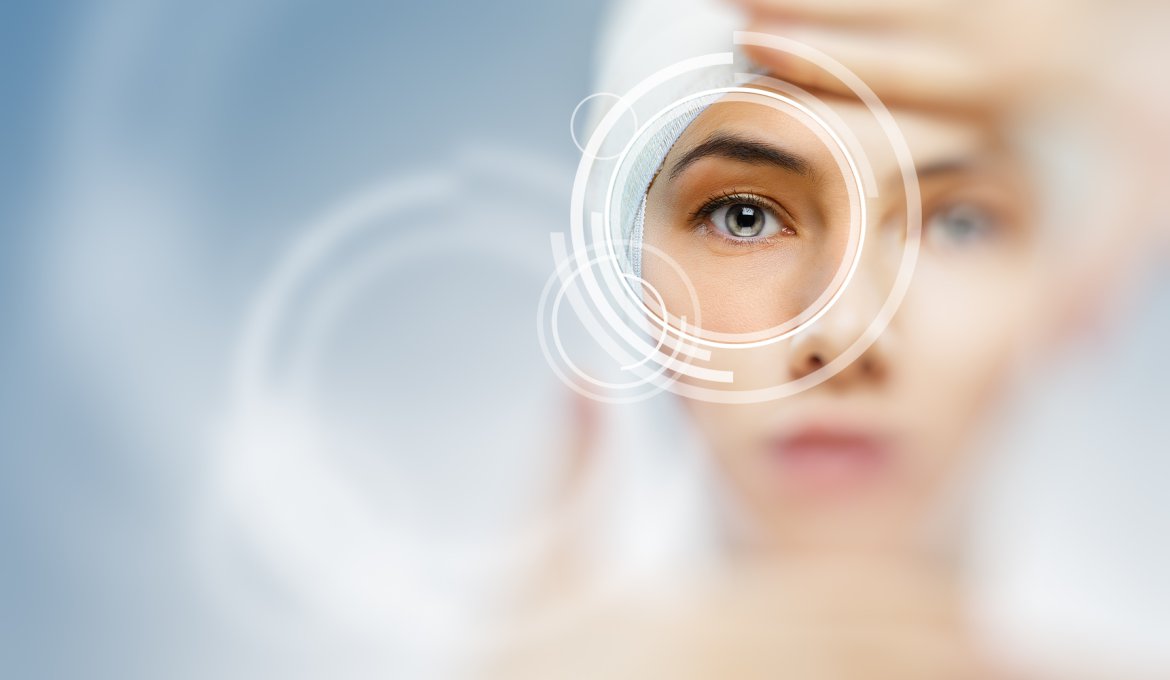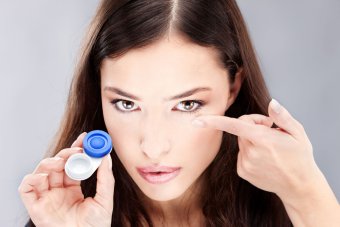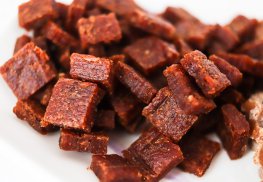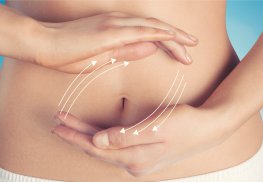 Medicine & Health
Medicine & Health
Methods of treatment of vision defects. Part II
Mineral lenses are spectacle lenses made of special glass. Their advantages include greater resistance to scratches and scratches, to the detriment of their higher weight, especially for high power, and attention should also be paid to the possibility of injury in the event of their breakdown, which is very important in the case of children.
It is better for children to choose organic lenses that are made of plastic. They are safer and lighter, but more vulnerable to scratches. We distinguish between single, double and multifocal glasses. Single focal length eyepieces are used for distance or near distance correction, this is the glasses used to level the presbyopia, i.e. for reading. A dividing line that separates the top of the glass from the bottom (where the upper part is used for looking away and the lower part for reading) is used in bifocal glasses. Their drawbacks include the need to adapt gradually, especially when descending stairs, when the person has his or her eyes on the bottom of the glass, whose lens is stronger because it is intended for reading.
If you like to read a lot, you should get a second pair of glasses for your neighborhood, as using the above mentioned glasses while reading may cause you discomfort. Progressive lenses give the effect of clear vision at different distances and the transition between them is fluid, resulting in an impression of natural vision. In these types of lenses it is also required to adapt to the way they look at them and this is quite a different matter for each person. Anti-reflective coating should also be used to work with computer monitors. It reduces the amount of light reflected from the lens, which contributes to reduced eye fatigue by reducing glare. This coating is also used in driver's glasses, as it reduces the reflective effect around the light source, especially from the lights of cars driving from the opposite direction.
 Sometimes the only form of vision correction can be contact lenses, which are quite popular among young people. They can be used alternately with glasses and can be worn in situations where glasses do not pass the exam. To sum up, we can say that their advantages include: Safety, comfort of use, especially for people full of energy, practicing sports. They also provide a larger field of view and eliminate peripheral distortion. The size of the image is natural, which is very important in the case of large minus defects, where the image seen through glasses is reduced. The big advantage is that when moving from one room to another at different temperatures or when drinking hot drinks, the lenses do not evaporate, as happens with glasses.
Sometimes the only form of vision correction can be contact lenses, which are quite popular among young people. They can be used alternately with glasses and can be worn in situations where glasses do not pass the exam. To sum up, we can say that their advantages include: Safety, comfort of use, especially for people full of energy, practicing sports. They also provide a larger field of view and eliminate peripheral distortion. The size of the image is natural, which is very important in the case of large minus defects, where the image seen through glasses is reduced. The big advantage is that when moving from one room to another at different temperatures or when drinking hot drinks, the lenses do not evaporate, as happens with glasses.






